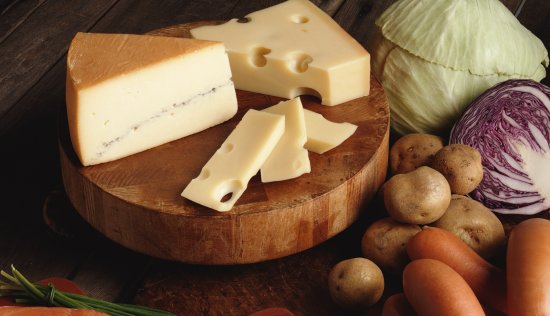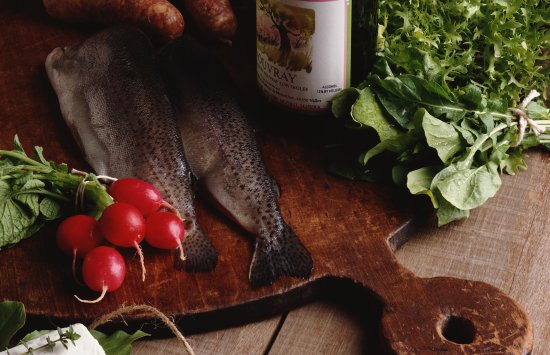When it comes to things you can do every day to help green the planet, food and what you eat is near the top of the TreeHugger list. It's something we all do, multiple times every single day, and so the choices we make individually and as a society at large can add up very quickly. Like many green issues, there isn't one correct way to engage in the behavior; making more sustainable, healthy choices almost always requires that multiple factors be considered; we'll take a quick peek at some of the best ways to make your food choices good-tasting and planet-saving, too.

Perhaps the best choice you can make is to eat local food; that is, food that was grown, raised or produced within 100 miles, or so, of where you live. Farmer's markets, community-supported agriculture (CSA) co-ops and even directly from family farms are good ways to get your hands on grub from your local foodshed; localharvest.org is a great way to find what's available near you, and the USDA has a map of farmer's markets across the U.S. to help you find one near you. Buying local insures that your food wasn't shipped too far -- the average meal in the US comes from five different countries! -- which not only takes precious time, but results in lots of carbon emissions. So local food can be picked at its freshest, not when it's under-ripe so it will survive the journey from Chile or Mexico, which makes it not only more sustainable, but tastes better, too. You're also (almost always) supporting small family farms, which helps your local economy and helps insure that the world of factory farms and industrial agriculture don't take over the world of food production.

Speaking of factory farms, when it comes to eating meat, TreeHugger's advice (aside from eating less of it) is to look for the Certified Humane Raised & Handled label. This insures that the egg, dairy, meat or poultry product has been produced with the welfare of the farm animal in mind, including things like a nutritious diet without antibiotics or hormones, proper shelter, sufficient space and the ability to engage in natural behaviors (like walking, grazing, etc.). Want to know where your meat comes from otherwise? Check out The Meatrix series of films, which offers a peek inside that dark world of factory farming (hint: it ain't pretty).

Organic foods have also gained lots of recognition for their more sustainable attributes, and they are a good thing, for sure: foods grown without pesticides, herbicides and other nasties like petroleum-based fertilizers are better for us all, but they aren't always the best choice. From an energy & resources-use perspective, an organic bell pepper from South America makes less TreeHugger sense than one produced by a farmer in the next county that isn't necessarily certified organic. In a perfect world, we could all eat local, organic food all the time, but when it comes to one over the other, we pick local first and organic second.
The food world is complicated, and we've just scratched the surface here (and will come back to it in the future with more in-depth info), but by following our quick-and-easy guide to greener food (eat local, eat meat that's certified humanely-raised, eat organic), you can start making greener choices with your food today.